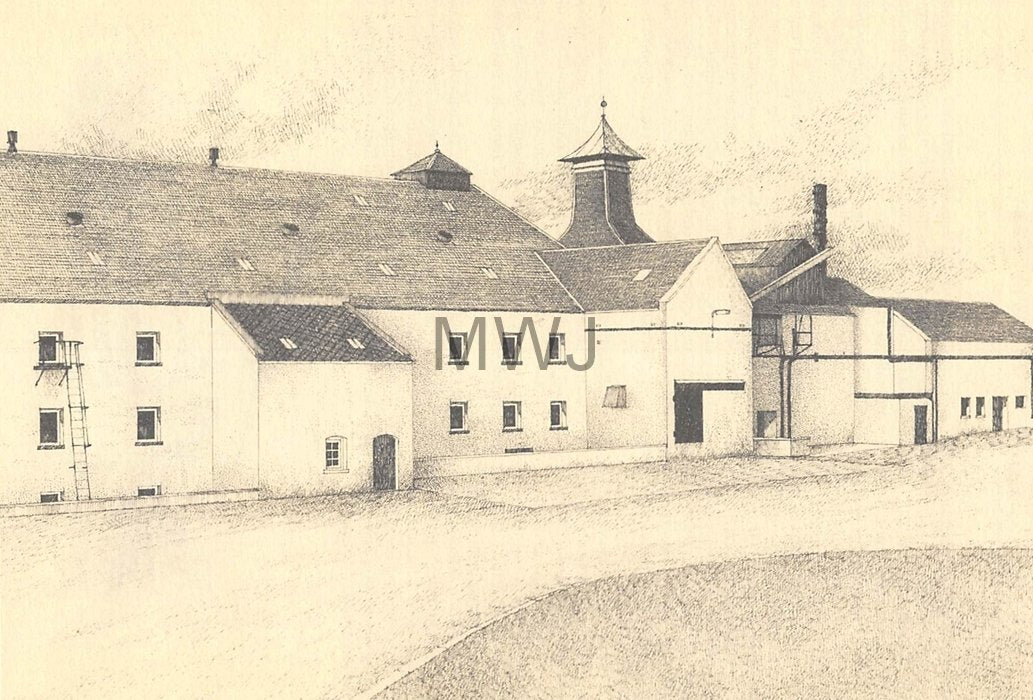
Laphroaig Distillery
A large distillery for Islay (with capacity equivalent to Ardbeg and Lagavulin put together), many followers including the Prince of Wales, and so a very high-profile despite its somewhat challenging name. It is extreme Islay, almost medicinal – you either hate it or love it. I am firmly in the latter category.
Laphroaig was constructed in 1815 by the brothers, Donald and Alex Johnston. Amazingly, it remained the property of the Johnston family until 1954. Ian Hunter, the great grandson of Donald, was in charge from 1908 until 1954. In an interesting gesture, he left the distillery to his secretary, Bessie Williamson, who had basically run the place whilst he promoted Laphroaig around the world. She gradually sold it off between 1962 and 1967 to the Schenley Industries’ subsidiary of Seager Evans. The latter were London gin rectifiers who had diversified into Scotch whisky in 1927 by building the Strathclyde grain distillery in Glasgow. They later went on to acquire the Long John brand of Scotch whisky, which, for a period, became closely associated with Laphroaig, when the latter became part of Long John International Ltd., which was set up in 1971 to manage Schenley’s Scotch whisky interests. These were acquired in 1975 my Whitbread, the prominent British brewers.
Whitbread’s distilling interests, including Laphroaig, went to Allied Distillers in 1989 and then to Jim Beam in 2005 and into Japanese hands in 2014 when Suntory acquired Beam Global.
That is but a skimming of the surface of the Laphroaig story. There are three books on the subject. Go to the Biblioteca to find out more. For the long-standing dispute with Lagavulin Distillery next door, read about White Horse under “Great Whisky Icons”.